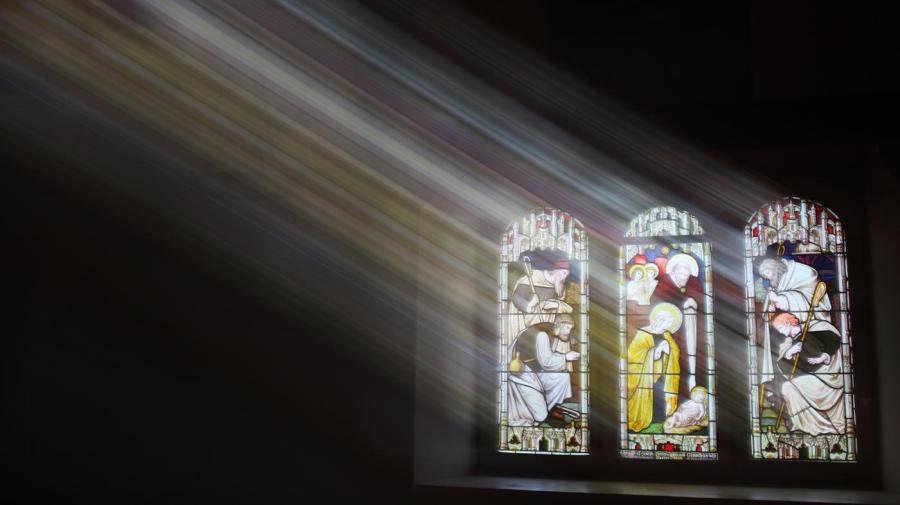Why Do Many Churches Have Stained Glass Windows?

Stained glass windows were a way to add beauty and to provide narrative information to those who looked at them. Churches, particularly those from medieval times, often had stained glass windows because they were both sites of worship and learning.
It has been suggested that the process of coloring glass dates back to the first century. Records indicate that colored glass was used in Christian churches as early as 348 A.D. The first use in Great Britain dates to 540 A.D., while the oldest existing colored window glass in Italy dates to around 800 A.D. It came into wider use during the Middle Ages, when stained glass adorned many Gothic-style churches. However, many early stained glass windows in Britain were destroyed during the Reformation period.
The glass used in cathedrals, abbeys and churches offered aesthetic beauty but was also used to depict Biblical stories. During that Middle Ages in particular, when literacy rates were low, churches often served as education centers. The windows eventually came to not only depict religious scenes and stories but also served to increase the reputations of the glass artisans who created them and the wealthy benefactors who paid for their creation and installation.
The use of stained glass windows lost popularity for a period. Both religious institutions and private persons sought artisans, such as Louis Comfort Tiffany, to create these glass works, particularly during the 1800s.





